
Abstract A partire da una riflessione sulla natura abitativa contemporanea che vede nella casa una “base” piuttosto che un luogo abitativo classico, il libro propone una rassegna critica delle sperimentazioni condotte in Olanda sul tema della casa urbana. La ricca produzione di edilizia residenziale pubblica e no, che a partire dagli anni ’90 è diventata …

Abstract La ricchezza del dibattito e delle sperimentazioni internazionali sul tema della casa urbana dimostrano un’attenzione sempre viva della cultura architettonica intorno al tema della “casa urbana”.Le sperimentazioni sul blocco urbano a medio-alta densità sviluppate negli ultimi anni consentono di avviare alcune riflessioni sui nuovi significati che gli spazi dell’abitare assumono nella cultura contemporanea. Il …
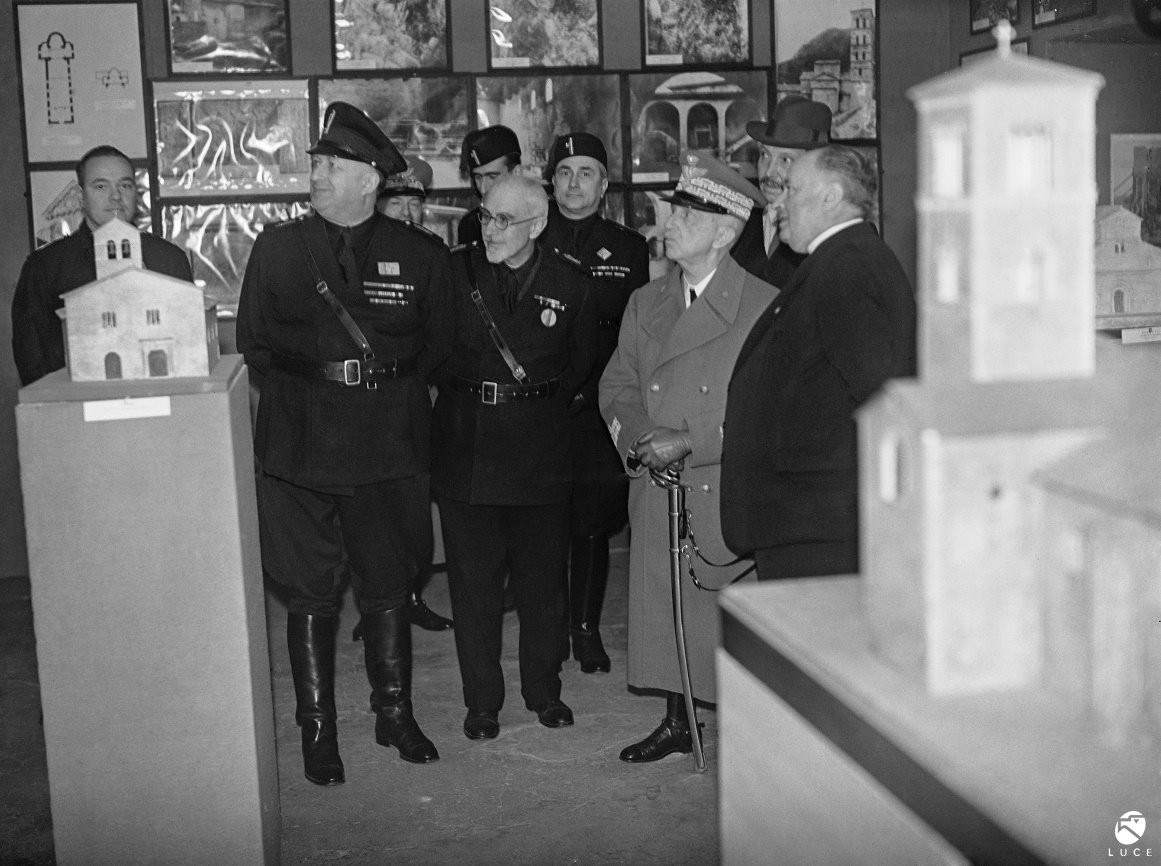
Abstract The Exhibition of the Restoration of Monuments in the Fascist Era, set up in Trajan’s Market in 1938, is the last among the different initiatives promoted by Gustavo Giovannoni. The exhibition was a fundamental part of the Third National Conference on the History of Architecture since it aimed to show the Fascist regime’s actions …
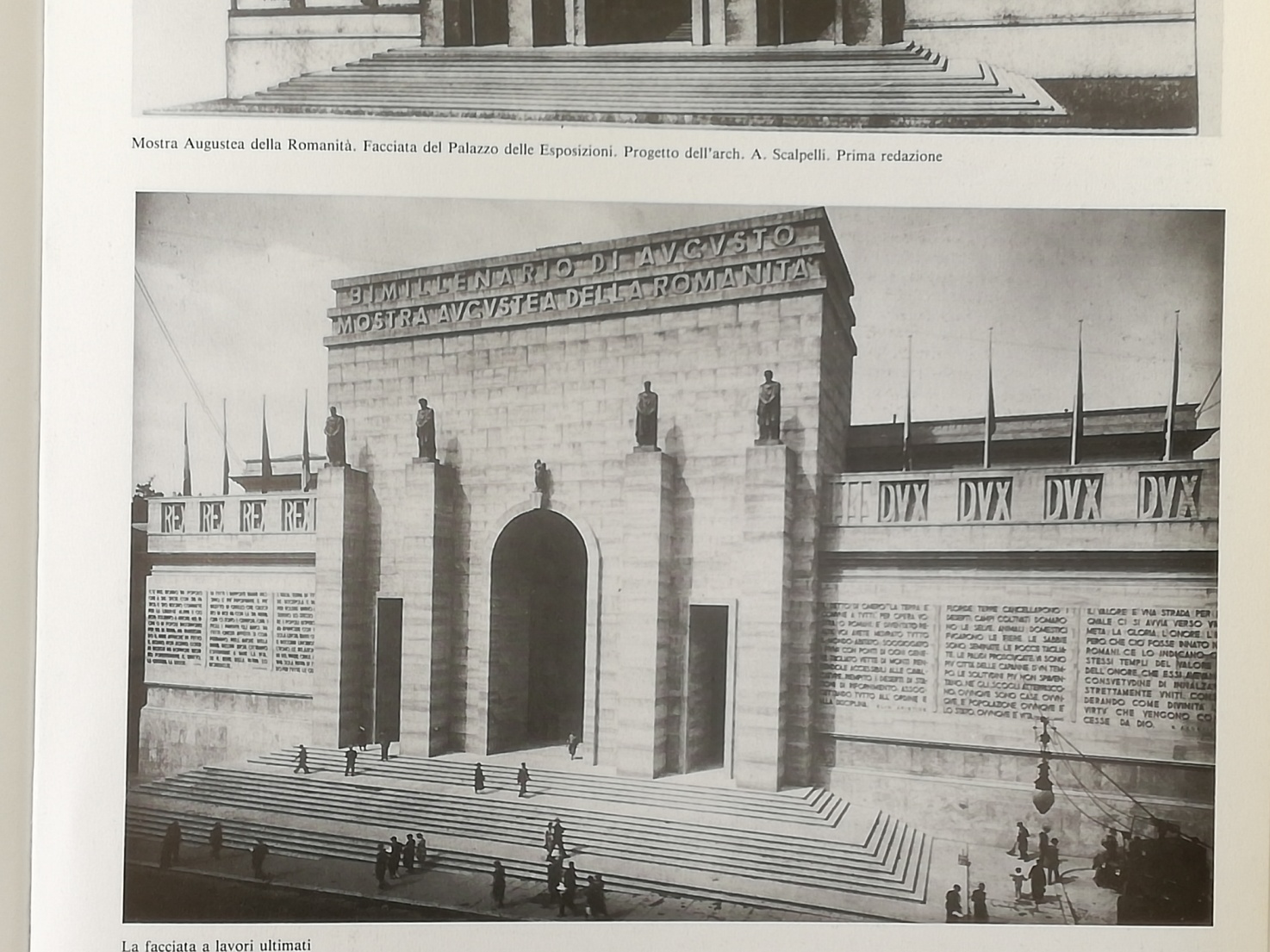
Abstract By researching documents and firsthand sources, two major exhibitions between 1937 and 1938 have been analyzed: Augustan Exhibition of Roman times and the Exhibition of the Restoration of Monuments in the Fascist Era; both of which exalted Ancient Rome and all of its trappings. While the first was a major event, fairly well known …
Abstract Mainly known for its fine new museums and skyscrapers all over the world, Renzo Piano has been involved several times in restoring, reconverting and transforming existing buildings and disused factories, focusing on town planning and making public spaces. This paper analyses the seminal experiences of the Unesco “Laboratorio di quartiere” in Otranto (1979) and …
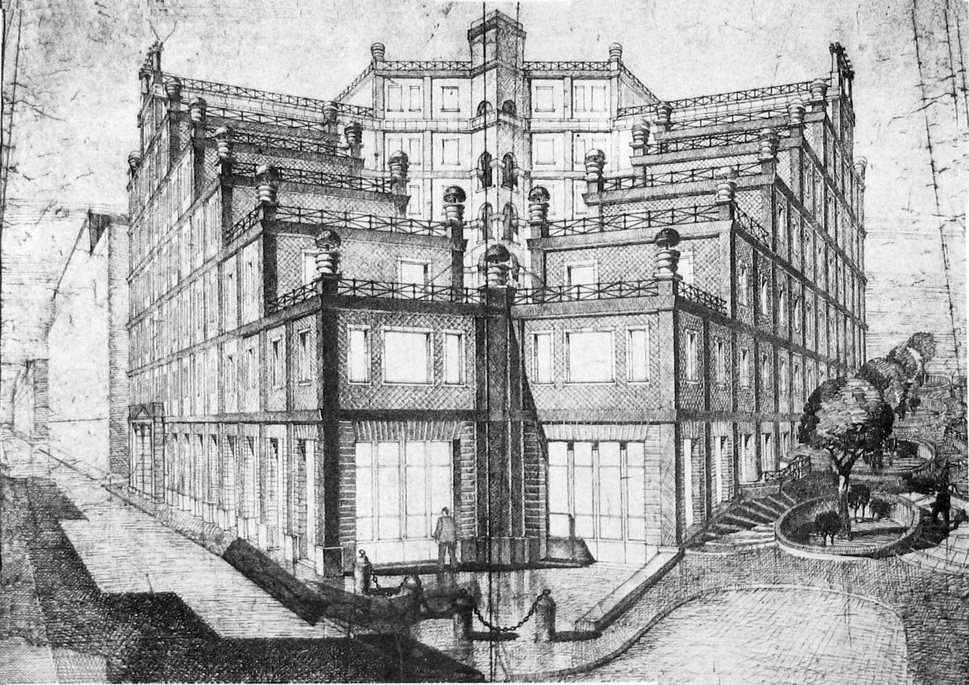
Abstract Innocenzo Sabbatini (1891-1983) was one of the most talented architects employed in the Projects Office of the Istituto Case Popolari di Roma during the 1920s. With reference to some of his innovative buildings – the public bats, the cinema-theater and the suburban hostels at Garbatella, and the Casa del Sole – this paper analyses …
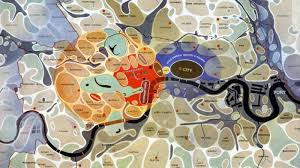
Abstract Il volume prende in esame la rete di scambi che nei vent’anni successivi alla Seconda guerra mondiale ha stretto gli architetti e urbanisti italiani e britannici, alla ricerca di comuni strategie per il governo delle città in un periodo in cui la vorticosa crescita economica e demografica minacciava i fragili equilibri costruiti nei decenni …
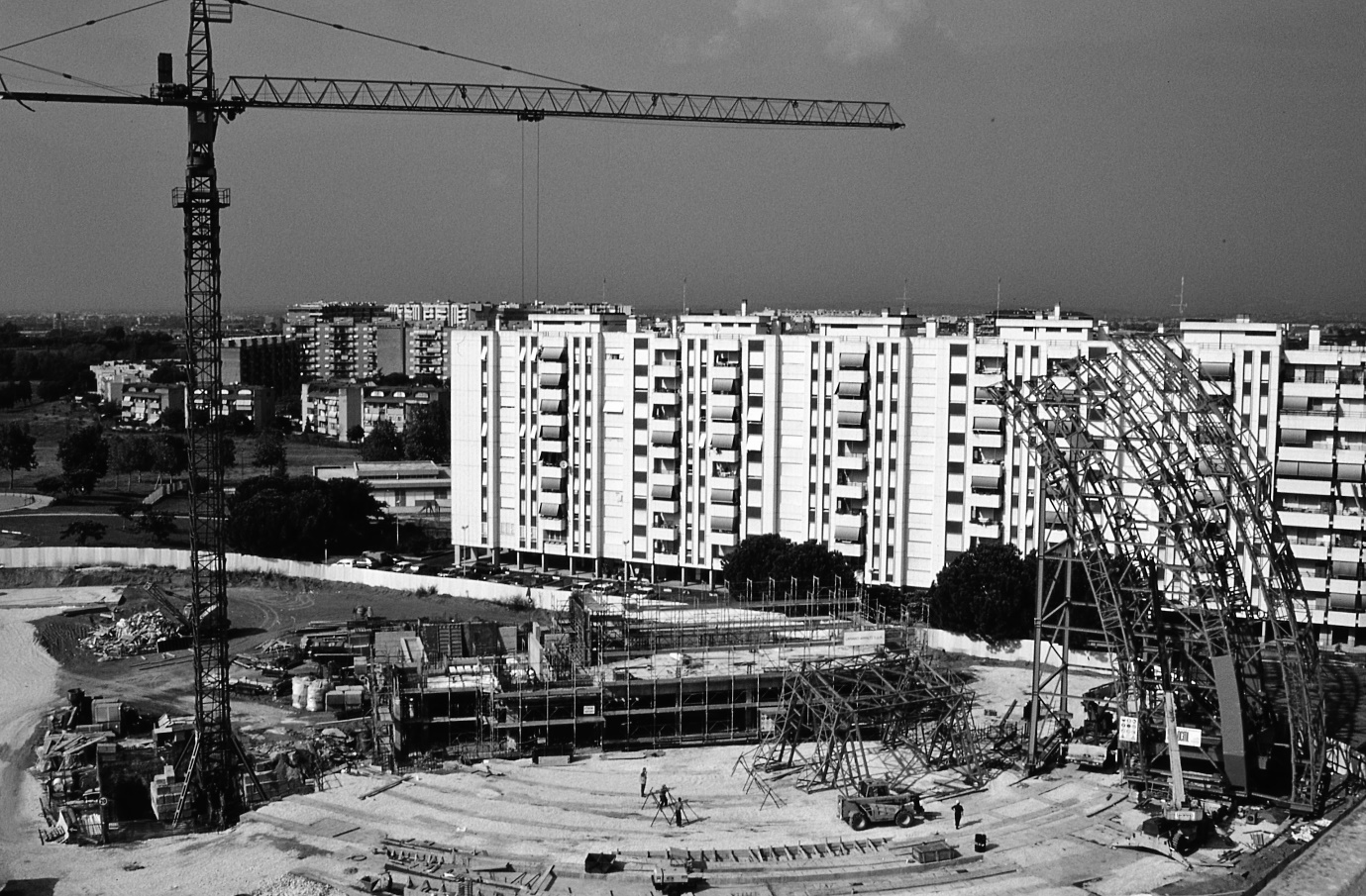
Abstract The article analyses some significant parts of the urban tissue at the eastern periphery of Rome, using the interpretative methods inherent to history, society, urban programming and construction. The most important aspects of the eastern quadrant of the Roman periphery are described “from the inside”, accentuating the passages, spaces and elements of composition standing …
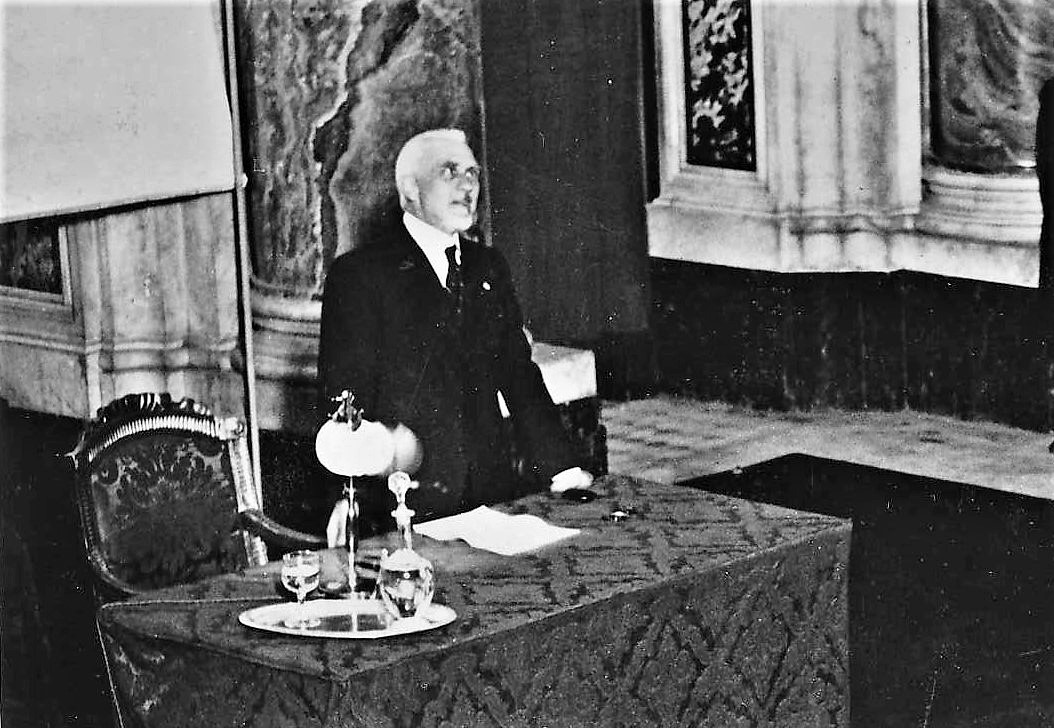
Abstract Giovannoni, an engineer, made a decisive contribution to the development of a new professional figure best described as the integral architect. Under this broad indicative title we find a wide variety of skills and areas of expertise (with subsystems of their own) which form part of a rich general portfolio. They range from legislation …
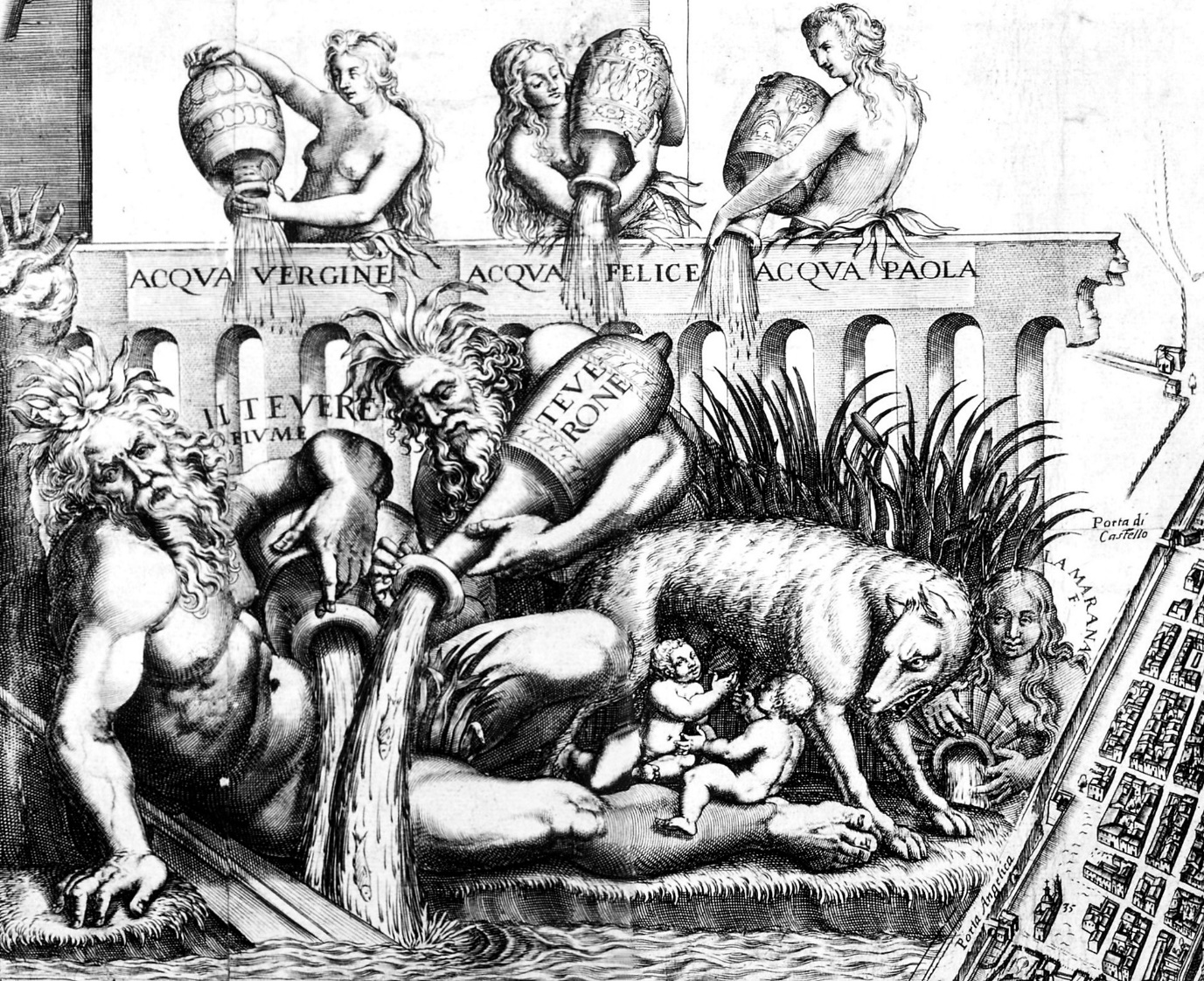
Abstract The volume outlines the links between the uses of water and the development of Rome in the Renaissance period. The ante-quem term is set around 1570, when the restoration and expansion of the ancient Vergine aqueduct, followed by the construction of two new aqueducts (the Felice and the Paolo), returned to Rome an extensive …








